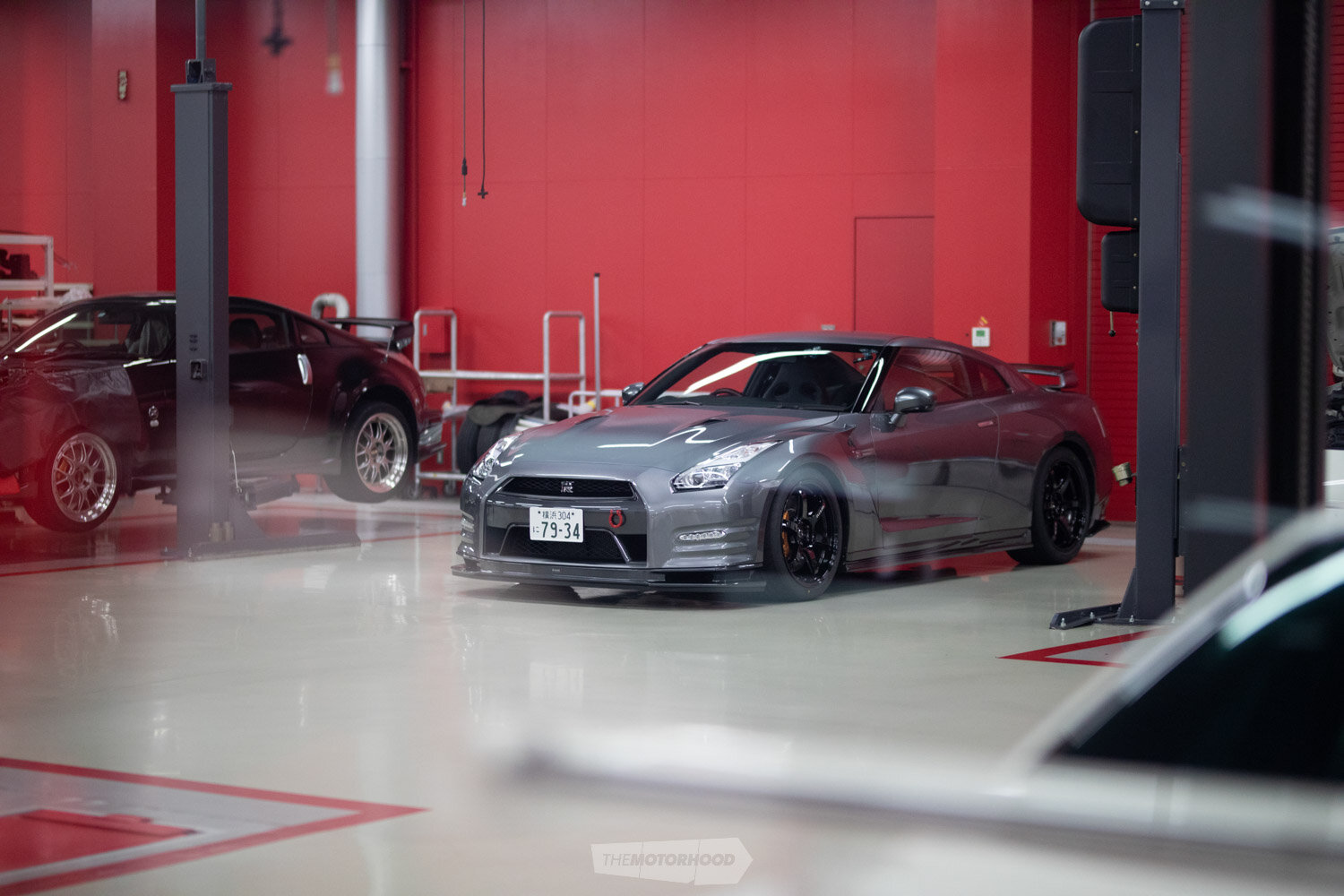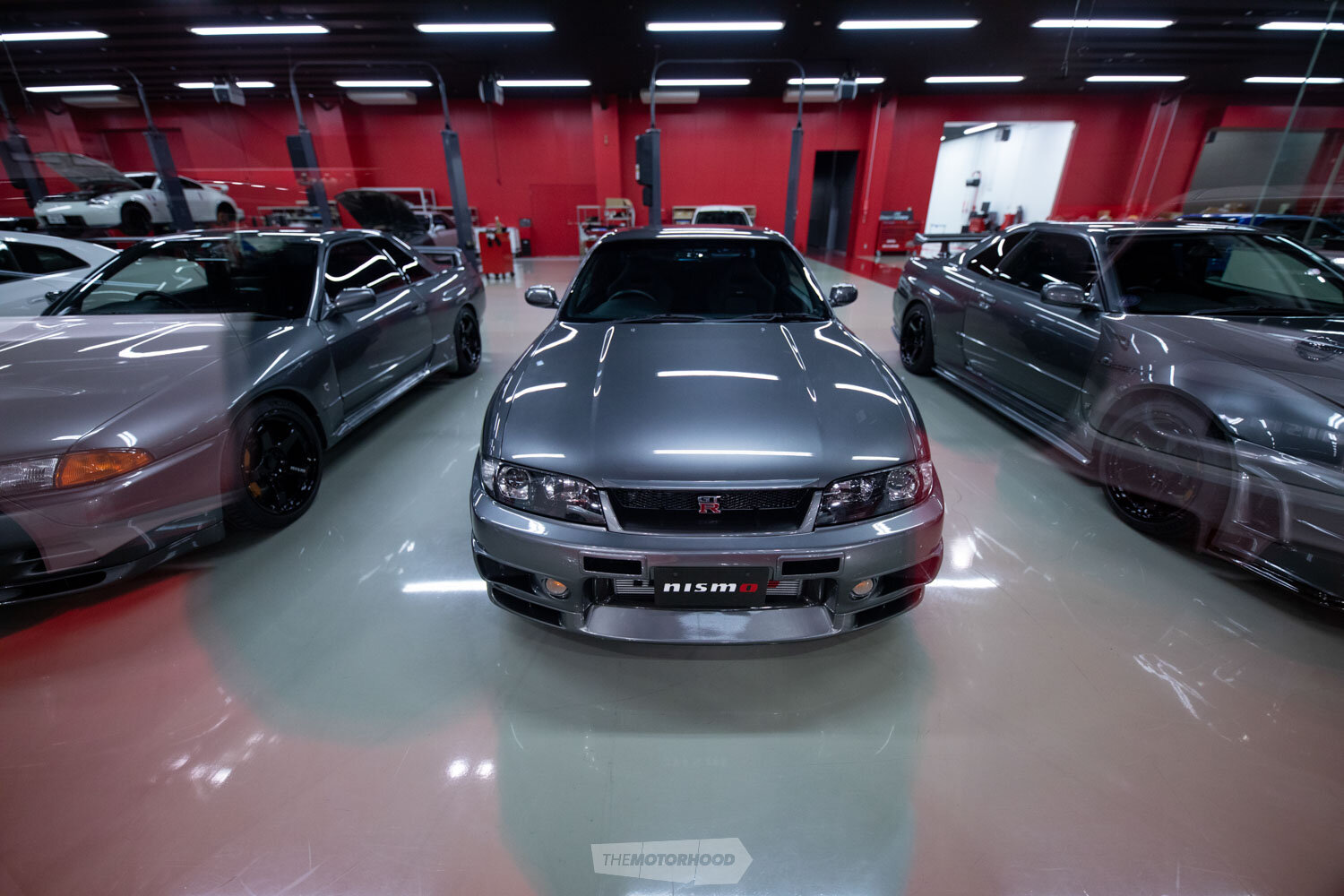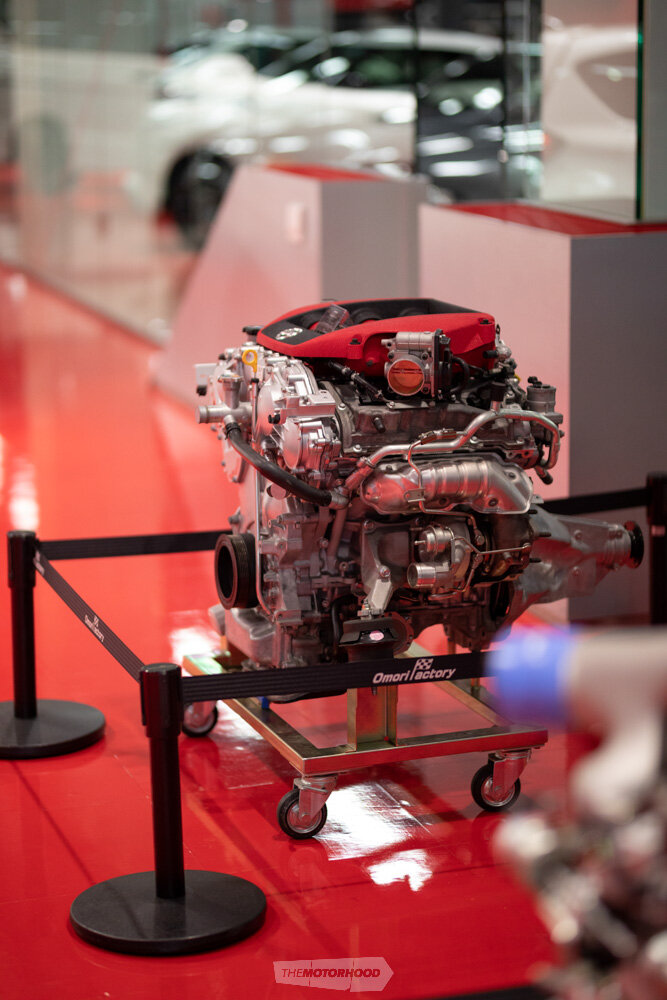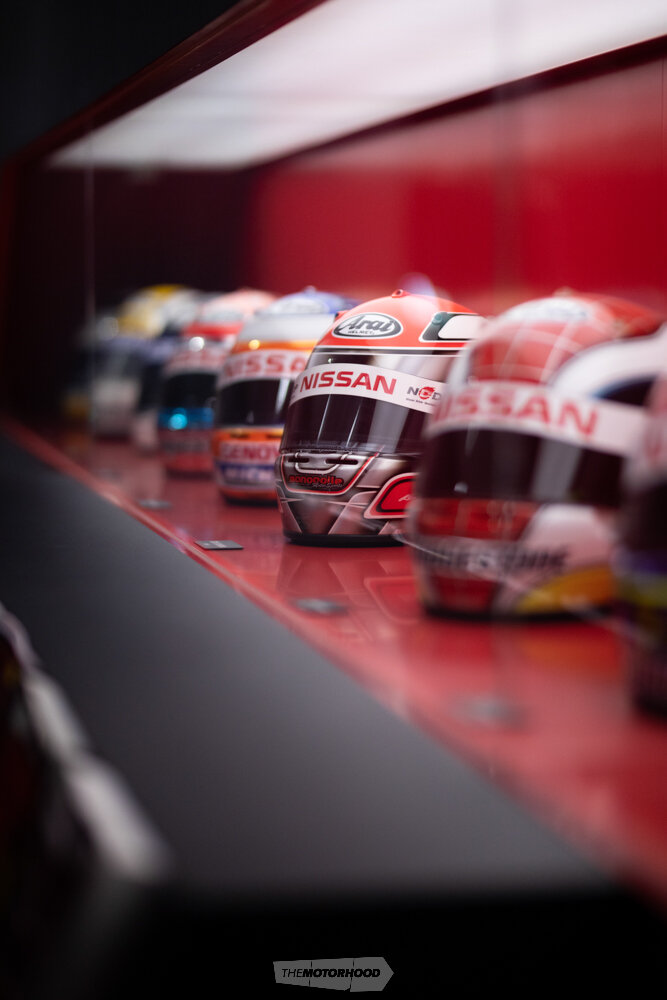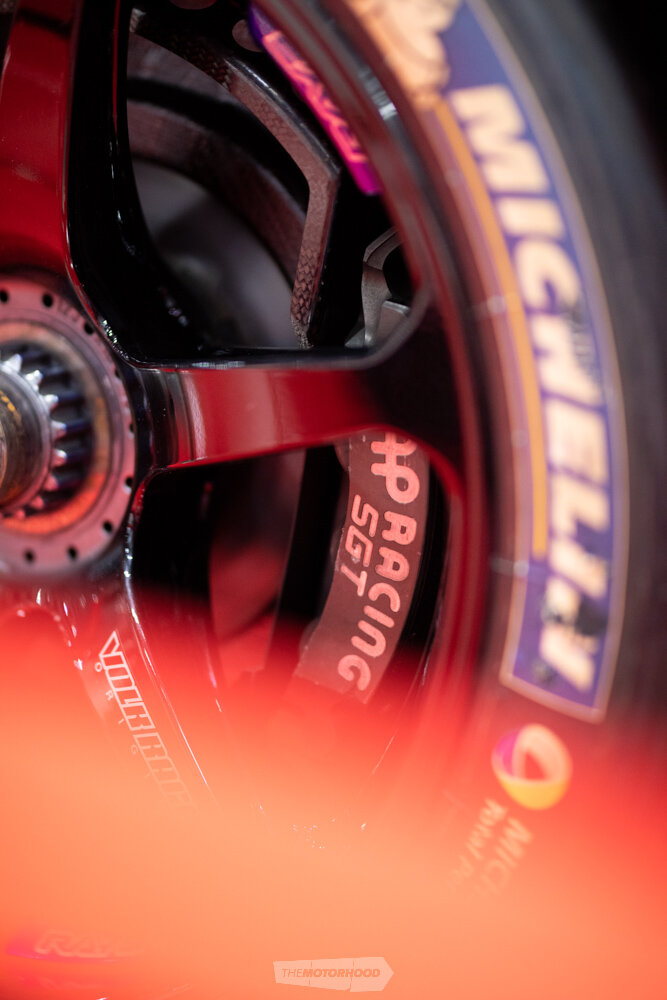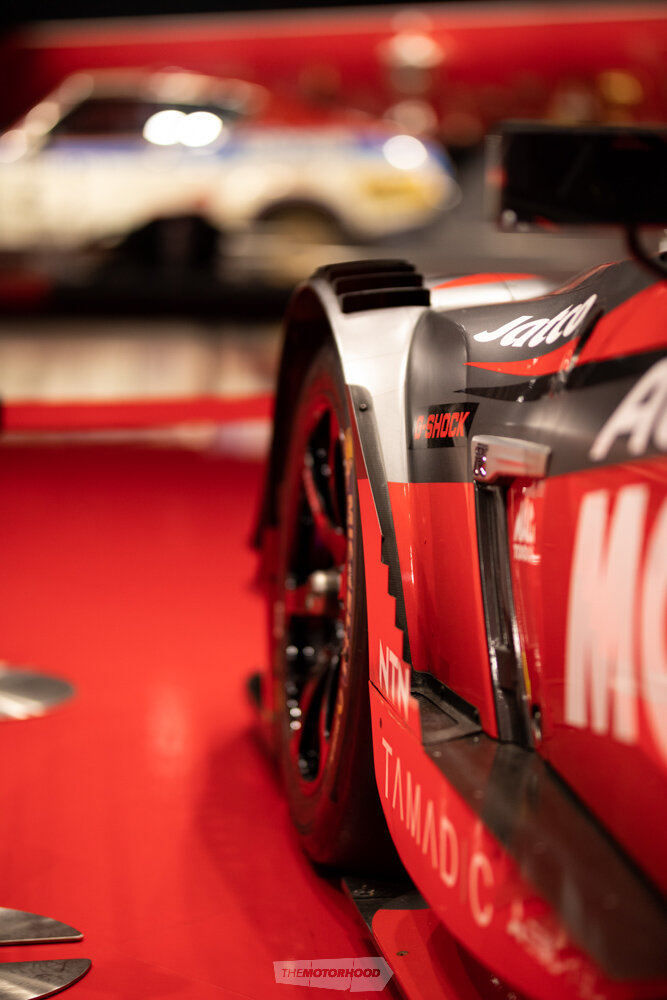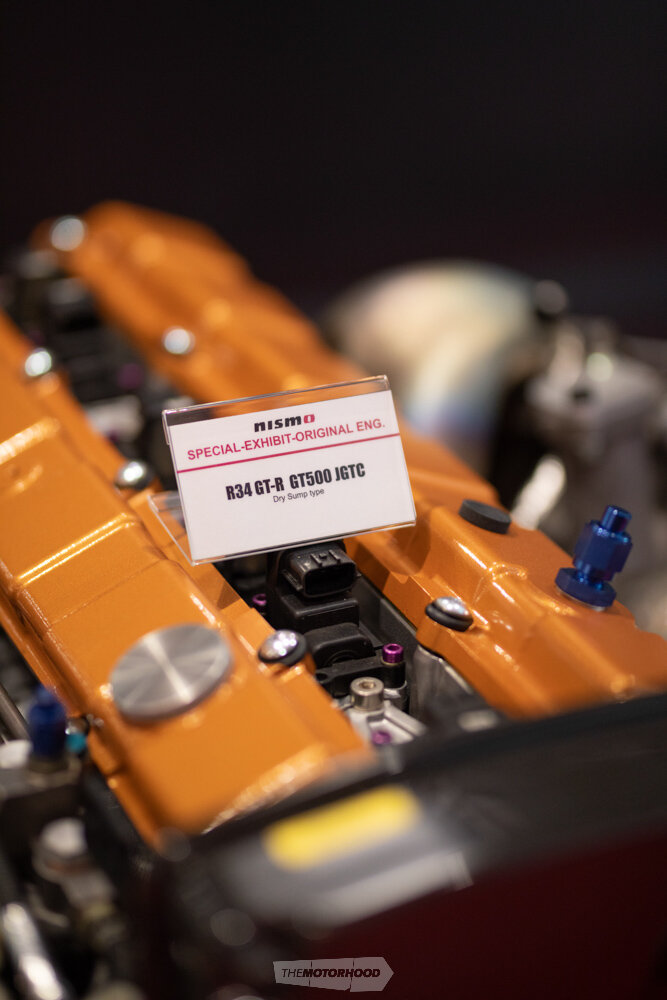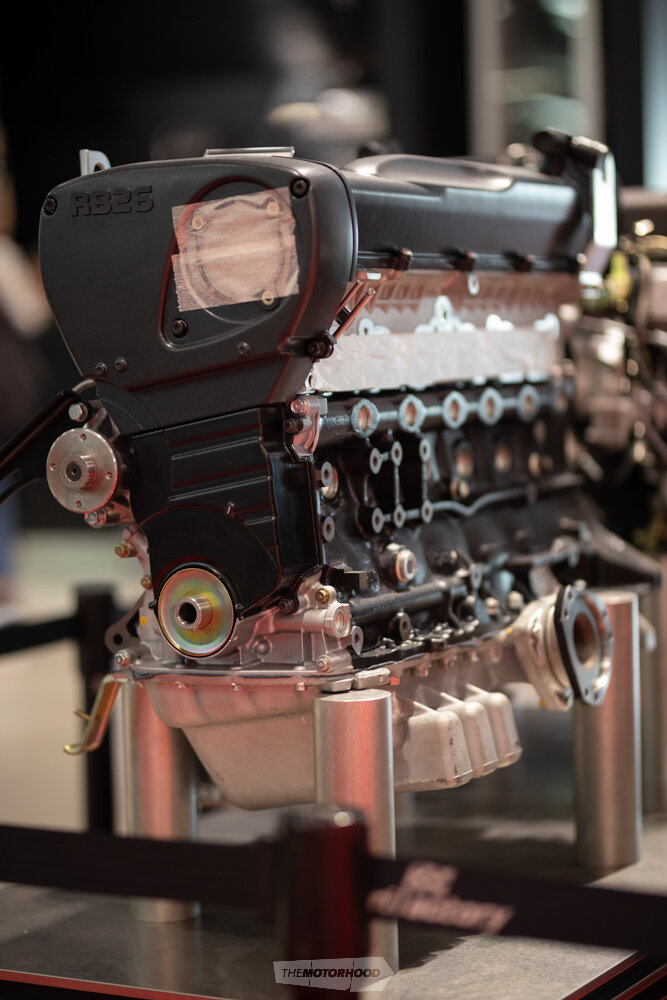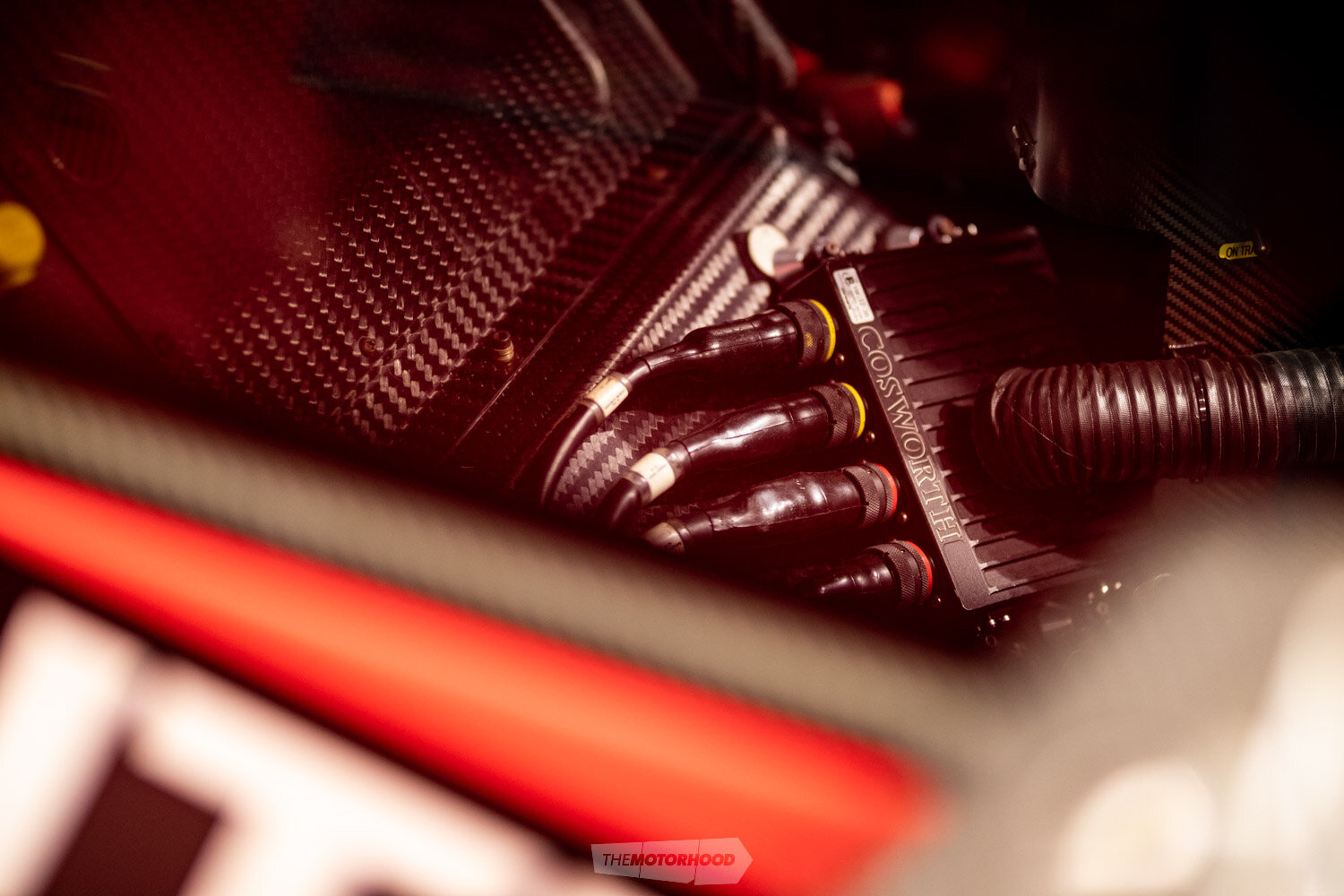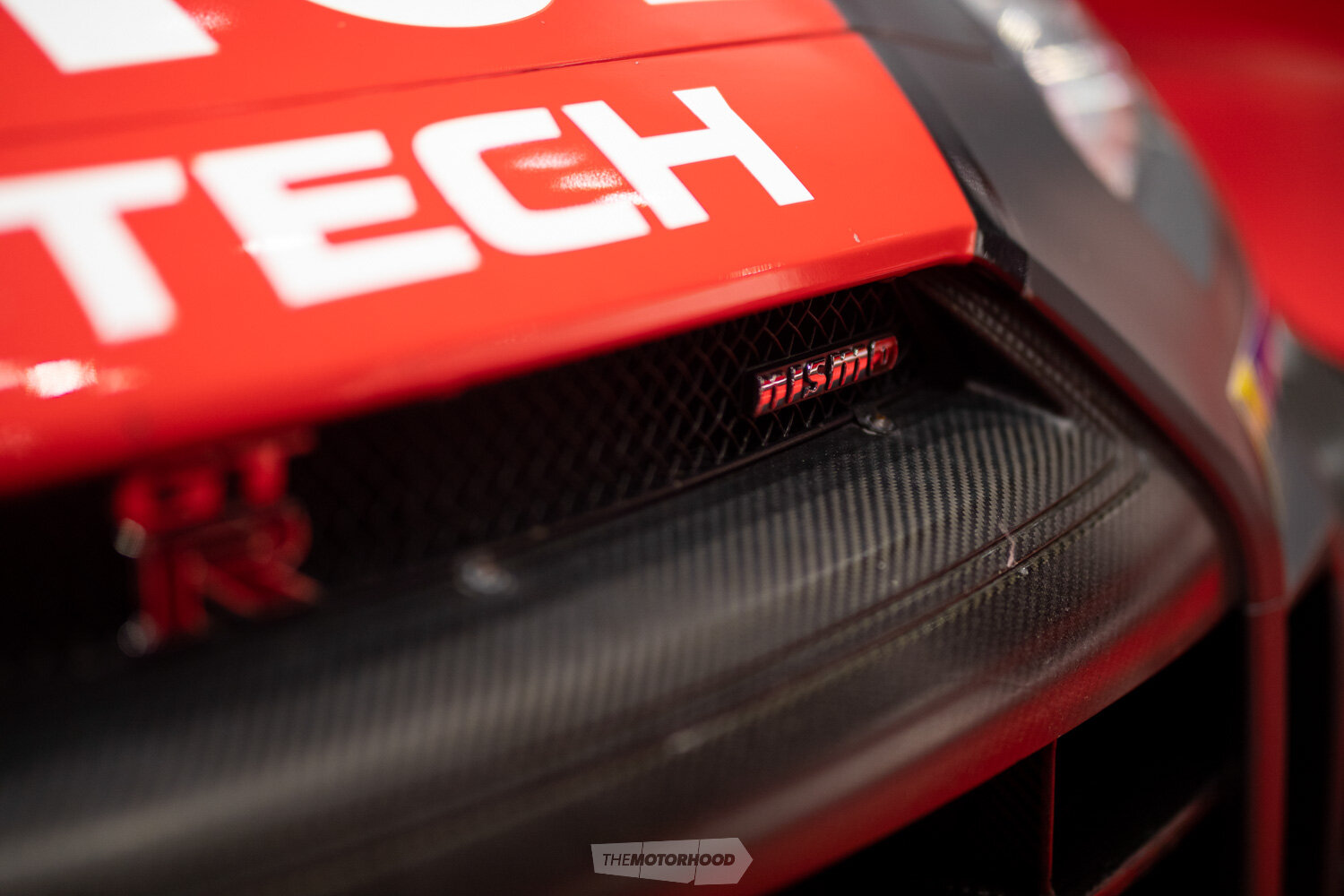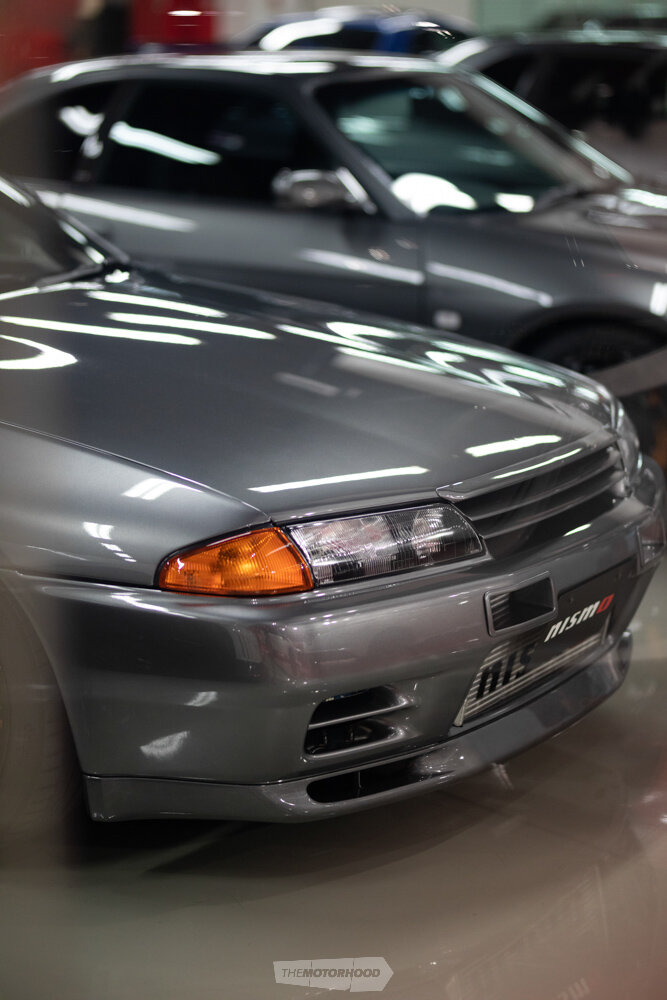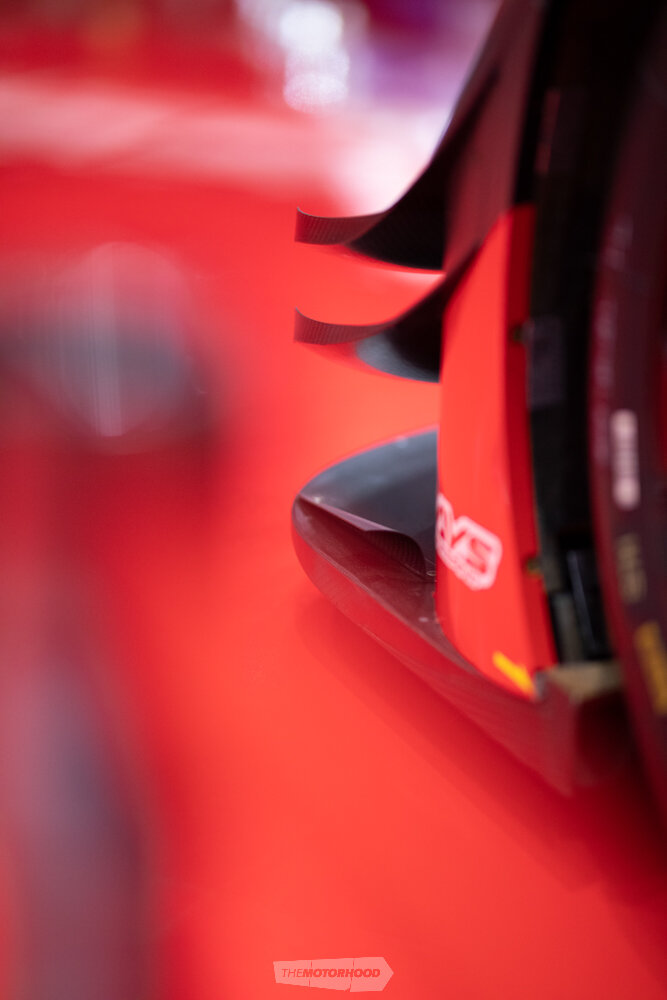Rene’s Japan odyssey takes us inside the Nismo Omori factory
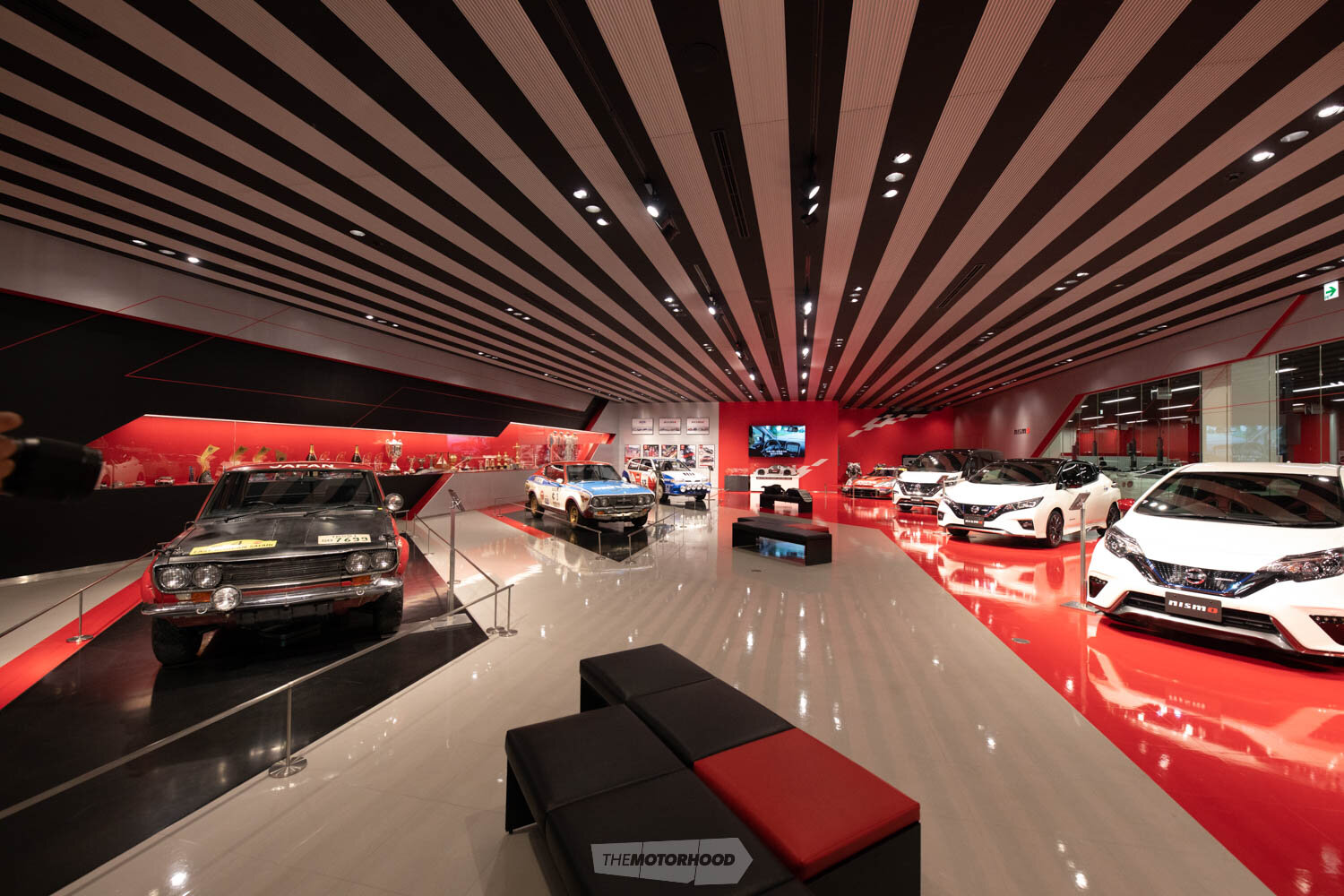
Red is the colour of energy, passion, and action; it excites the emotions and motivates us to make a move. One of the most iconic tuning houses in Japan, Nismo, which, of course, is emblazoned with red, was a must-see, -touch, and -feel during my time in Japan. There’s no hiding the fact that, for the majority of my automotive-filled life, I have been a Nissan fanboy. I’ve owned countless Skylines, Silvias, Pulsars, Primeras, Stageas, and more in my quest to catch ’em all. As a young player, Gran Turismo was my main automotive outlet, as it was for many, and Nismo special-edition vehicles were the spicy tits — in particular, the Nismo 400R R33 GT-R had me weak at the young hairless knees. When planning my trip to Japan with my good friend Damian, we decided that the factory would be one of our first stops after touching down, as he’s a Nissan diehard through and through too.
Founded in 1984, Nismo was born from a joint venture between Nissan’s original tuning arm, Oppama Works, and Nissan’s Special Car Testing Division within its Omori plant. The intention of this sizeable merger was to allow Nismo to focus on sports car racing, and, in 1988, Nismo built its first vehicle — the Saurus. A year later, as if receiving orders from the big cheese upstairs, it prepared the first Skyline GT-R R32 for battle. It’s safe to say that, since then, the Omori plant has seen its fair share of action.
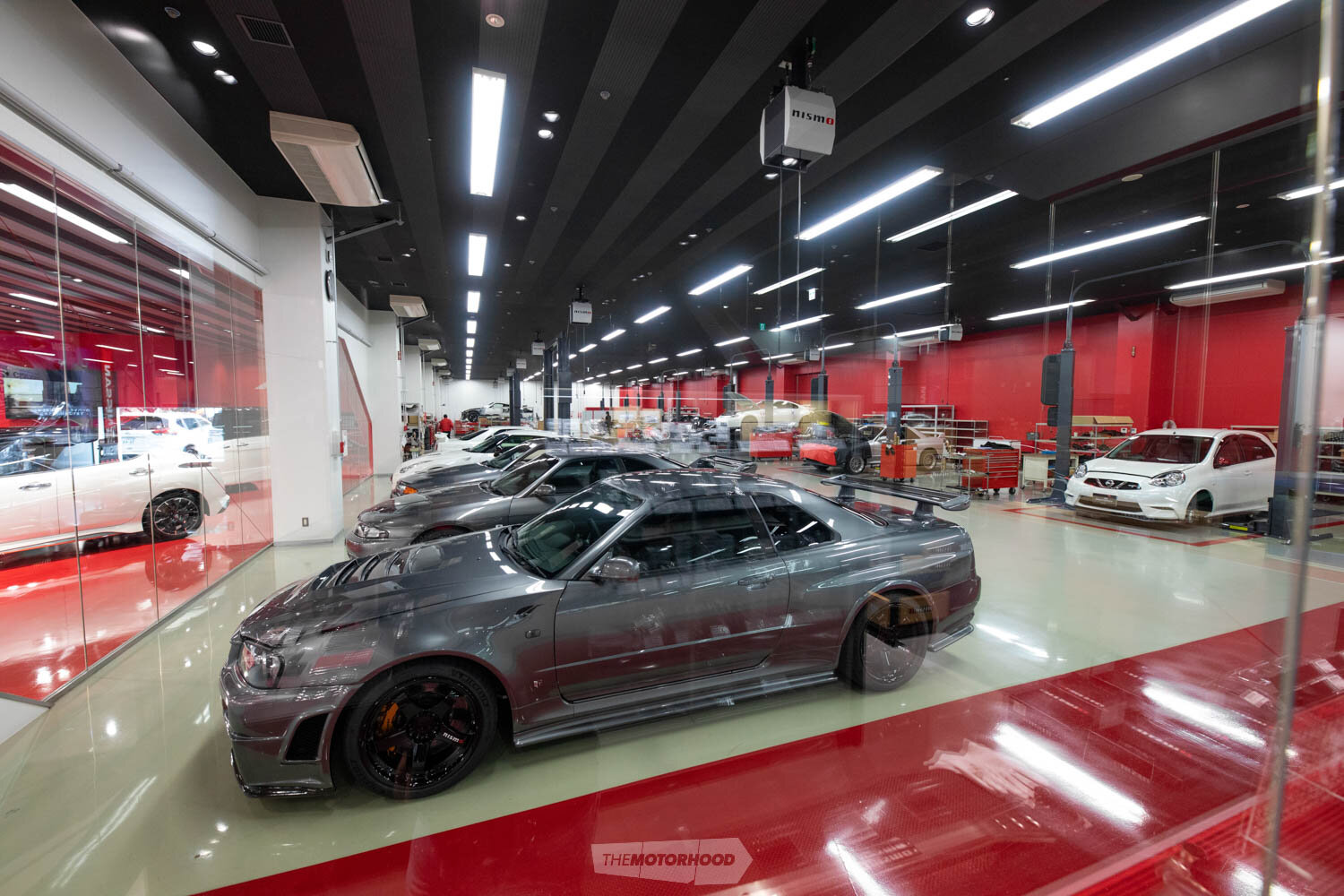
If you want to visit the plant, you will, like us, find there is no public transport system in place to get you within a few hundred metres of the Omori factory. We managed to book a small business-style hotel around 3.5km away in preparation. After an early morning wake-up, a can of my favourite Boss coffee, some pancakes, and a map check, we swallowed up the distance on foot. Mind you, with 13kg of camera gear, water, and snacks, this was no easy feat. Hot and somewhat bothered, we eventually found our way to outside of the holy Nismo temple. After a few hand signals from the confused-yet-friendly security team, we found the entrance.
From what we’d read and heard, you never know what you’re going to get at the Nismo Omori factory, as the display inside is forever changing. With no expectations, we stepped gingerly through the tinted-glass doorway into a red and black chamber of Nissan passion and heritage. We had made it. Nearly 20 years of knowing this brand and what it means for Nissan enthusiasts pressed down on me — I didn’t know what to say, touch, smell, or do. Instead, I simply closed my eyes for a moment to appreciate where I had travelled from, to where I had ended up: simply one of the greatest sights my eyes have witnessed.
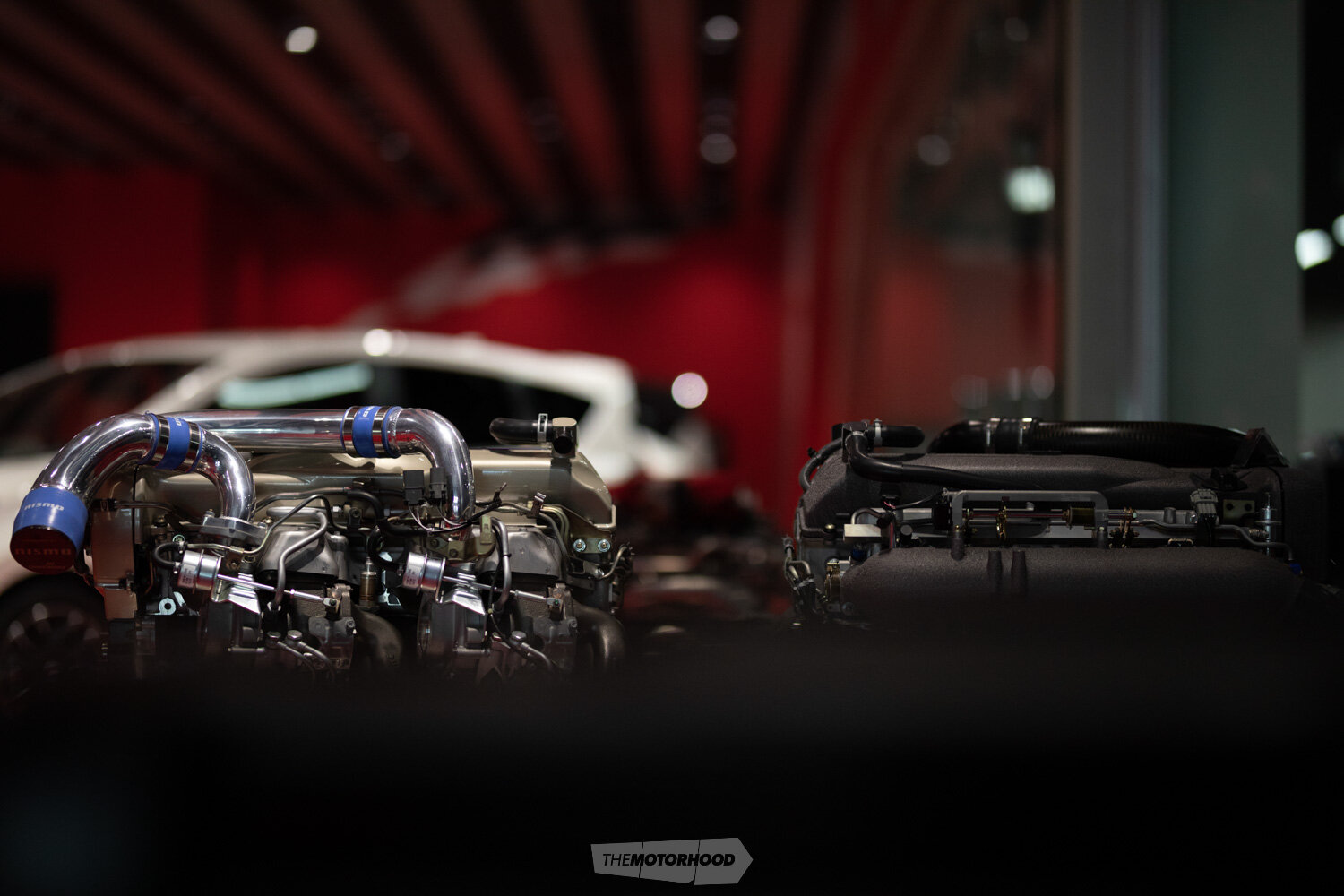
Instead of the museum-like size others made this place out to be, I was surprised to see it was no bigger than most dealership showrooms back home — enough room to display six to seven cars, which are rotated from the larger Zama collection, plus a few other interesting exhibitions in what is a surgically clean space.
One of the first things to draw you in is Nismo’s iconic helmet and race-suit collection. No doubt you’ll be able to pick out your favourite era of Nismo racing or styling. The race suits were plucked from the drivers’ backs throughout the ’90s and 2000s, immortalizing them in a mesmerizing fashion. This trend followed through when we were there into the race cars and road-going vehicles scattered with precision in a sea of red. However, it wasn’t until I realized that the Nismo performance workshop was hidden in plain sight behind a wall of liquid sand that things got truly exciting.
For many, Nismo Omori is purely a workshop where you can bring your car to get serviced and upgraded, with Nismo offering a complete service, including the ever-going restoration side. Much like the showroom, the workshop is immaculate, more akin to a surgery than an automotive workshop, although it was clear the team had plenty of work on.
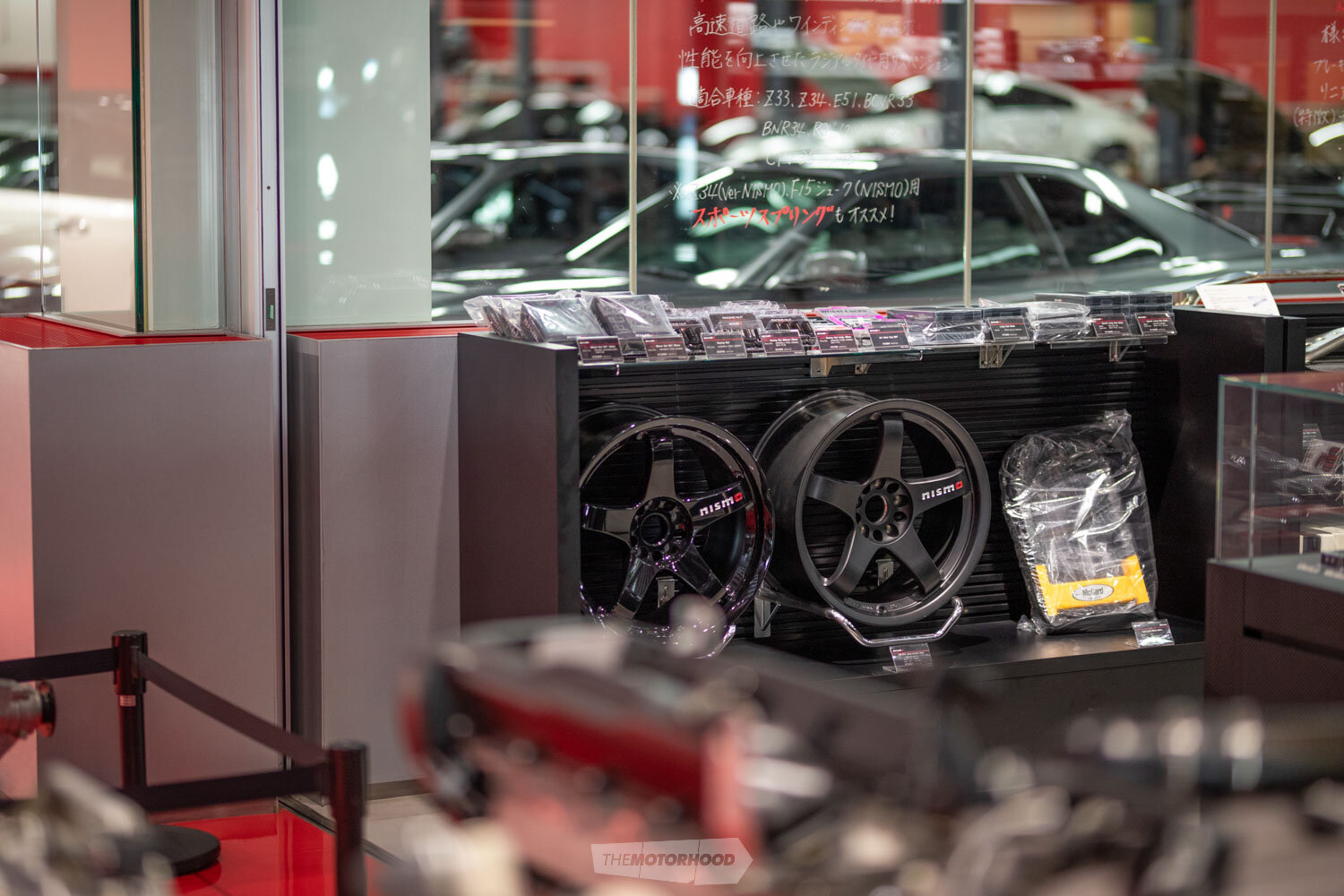
With my nose pressed hard against the glass, I spotted my hero: painted in the iconic Nismo Omori hue, the R33 GT-R was impeccable. The paint, wet with layers of coating, was unlike any finish I had laid witness to, sandwiched in between matching R32 and R34 GT-Rs wearing the same beautiful paint.
As my eyes saw past this glorious trio, I noticed an array of 350Zs, GT-Rs, and much more getting maintained, restored, or upgraded in the workshop, with owners coming to Nismo for perfection. To cater for this, there’s a showroom out front outfitted with Nismo-spec engine blocks, turbo kits, clutches, trinkets, and clothing for sale, much like any retail shop. With the release of Nissan’s Heritage Range of parts and components, no doubt the Nismo workshop will see a resurgence of enthusiasm for the older chassis too.
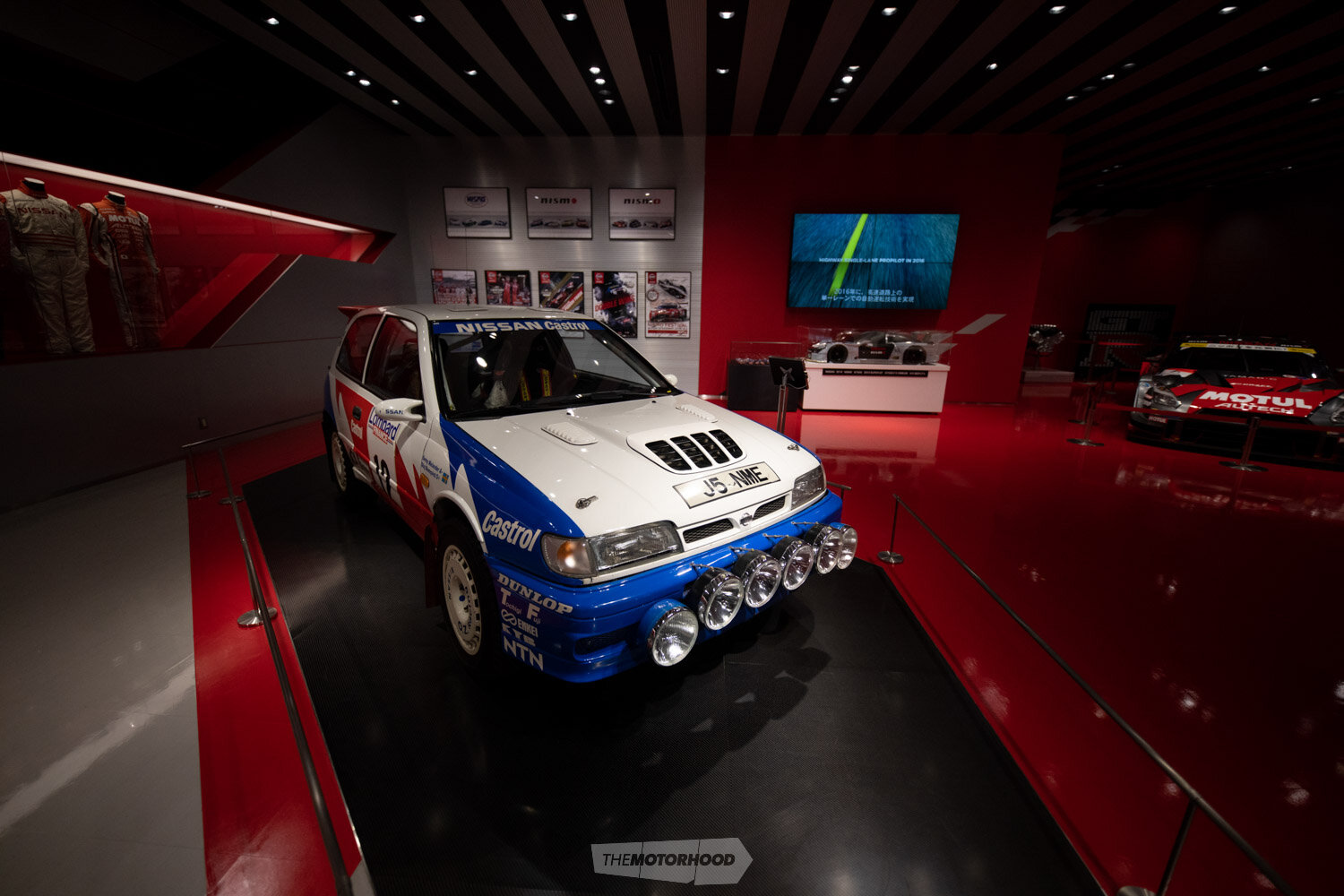
As you never know what race cars you’re going to find when you visit Omori, I was pleasantly surprised to see two rally-bred machines, one old and one older. The Nissan Pulsar GTI-R has been a favourite of mine for years, and this example was in full rally trim, complete with battle scars, spotlights, and scrutineering decals from its final moments of use in 1992
After spending half of our day within the halls of Nismo Omori, it was time to make a move. Having soaked up everything possible on my camera, it was saddening to know that I probably wouldn’t be coming back to this place for a very long time. I truly wish New Zealand had its own motorsport heritage and prestige of the scale Japan does. Although we’re extremely lucky with what we’ve got back home, there’s nothing like the passion for the automobile that Japan possesses.
